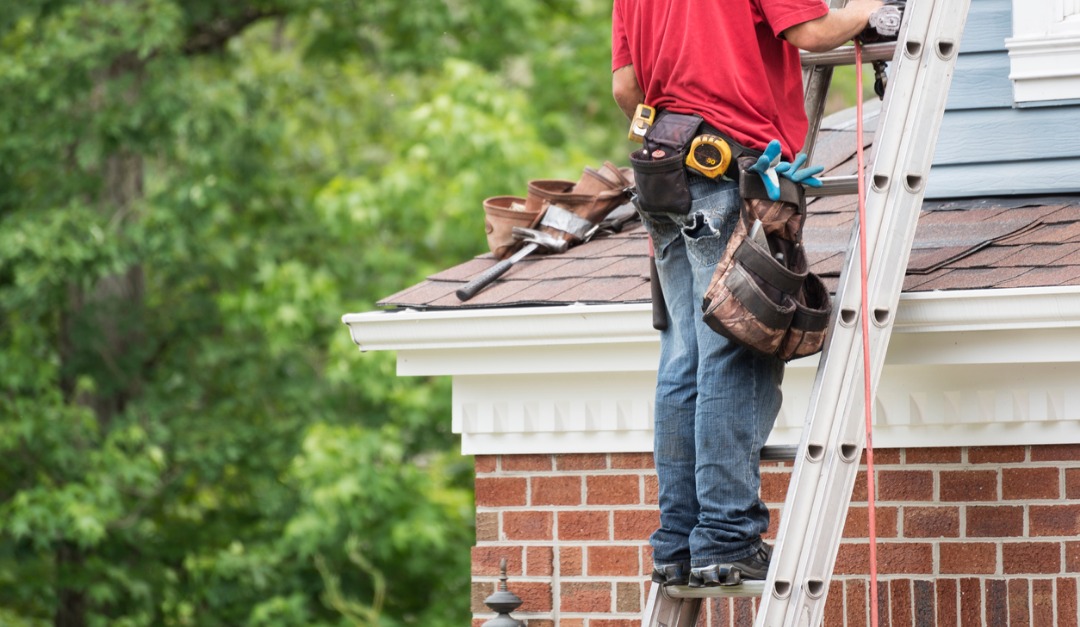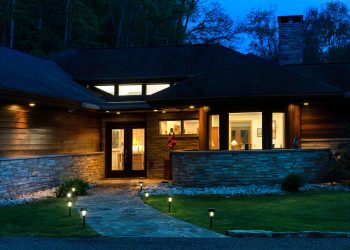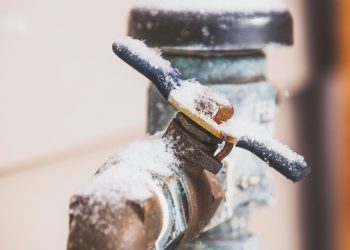Many houses are not energy efficient, which causes homeowners to pay much higher utility bills than they should. The roof is one of the most common problem areas. If your heating and electricity bills are too high, or if your roof is damaged and needs to be replaced, installing a new roof made from more energy-efficient materials can help you significantly lower your utility bills year-round.
How Does the Roof Affect Energy Bills?
Insufficient insulation and damaged or missing shingles can lead to high winter heating bills. In the summer, a roof that’s unable to reflect heat can cause the attic and upper floor of a house to heat up, which means air conditioners will have to work harder to cool the house.
Replacing your roof with one that’s better at reflecting heat and installing plenty of insulation can substantially lower your utility bills. Roofing materials that carry the ENERGY STAR label are energy efficient.
Which Roofing Material Should You Choose?
Asphalt is the most commonly used roofing material because shingles are inexpensive and easy to install and maintain. They are also available in a variety of colors and designs. On the other hand, asphalt shingles can be damaged by wind, storms, and algae and are less energy efficient than some other materials.
Metal roofing is energy efficient because it can reflect heat away from the house. Metal panels and shingles are relatively inexpensive and easy to install.
Tile roofing is best suited to warm, dry regions since it reflects sunlight and absorbs moisture. Slate roofing is dense, energy efficient and long lasting. Tiles made of slate, clay and concrete are often pre-treated to reflect heat. Non-treated tiles can be covered with a reflective coating after installation.
Shake shingles can improve energy efficiency by increasing air circulation inside the house. Many homeowners choose them because of the attractive appearance of the wood as it ages. Shake shingles are durable enough to stand up to strong winds and storms without being damaged, but they require a lot of maintenance, especially in regions that get a lot of precipitation or that are very humid.
In a warm climate, a light-colored roof is a good choice because it can reflect more heat than a darker one. In a colder region, a dark-colored roof may be preferable because it can absorb some heat from the winter sun and reduce the burden on the furnace.
Is It Time to Replace Your Roof?
If your roof is damaged or worn out, it’s most likely not energy efficient, and you’re probably spending more than you’d like on monthly utility bills. Replacing your roof with a new, more energy-efficient one may be expensive up front, but it can allow you to enjoy years of consistently lower heating and cooling bills. Have your roof inspected by a professional. Ask for advice on whether to replace it and, if so, which type of material to choose.











